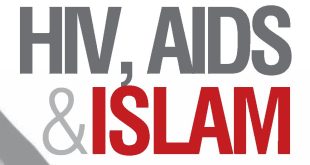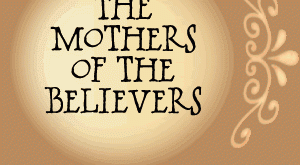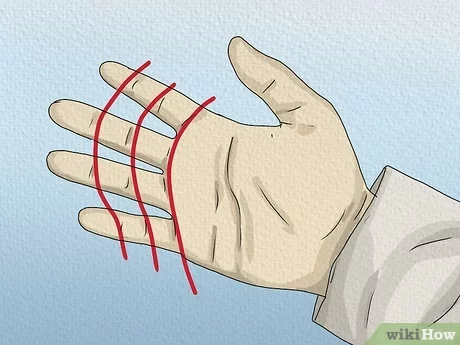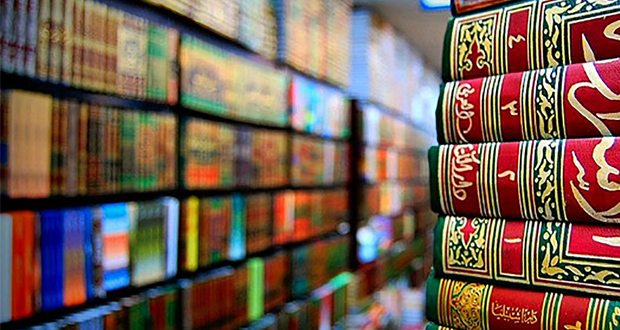'Islam in Sri Lanka is practiced by 9.7%[1] of the population of Sri Lanka. 1,967,227 persons adhering Islam as per the census of 2012.[1] The Muslim community is divided into three main ethnic groups: the Sri Lankan Moors, the Indian Muslims and the Malays, each with its own history and traditions. The attitude among the majority of people in Sri Lanka is to use the term "Muslim" as an ethnic group, specifically when referring to Sri Lankan Moors.
History of Islam in Sri Lanka
With the arrival of Arab traders in the 7th century CE, Islam began to flourish in Sri Lanka. The first people to profess the Islamic faith were Arab merchants and their native wives, whom they married after converting to Islam. By the 8th century CE, Arab traders had controlled much of the trade on the Indian Ocean, including that of Sri Lanka. Many of them settled down on the island in large numbers, encouraging the spread of Islam. However, when the Portuguese arrived during the 16th century, many of their descendants now called the Sri Lankan Moors – were persecuted.The Sinhalese ruler King Senarat of Kandy gave refuge to some of the Muslims in the central highlands and Eastern Province, Sri Lanka.[2]
During 18th and 19th centuries, Javanese and Malaysian Muslims bought over by the Dutch and British rulers contributed to the growing Muslim population in Sri Lanka. Their descendants, now the Sri Lankan Malays, adapted several Sri Lankan Moor Islamic traditions while also contributing their unique cultural Islamic practices to other Muslim groups on the Island.
The arrival of Muslims from India during the 19th and 20th centuries has also contributed to the growth of Islam in Sri Lanka. Most notably, Pakistani and South Indian Muslims have introduced Shia Islam and the Hanafi school of thought into Sri Lanka, however although most Muslims on the island still adhere to the traditional practices of Sunni Islam.
In modern times, Muslims in Sri Lanka are handled by the Muslim Religious and Cultural Affairs Department, which was established in the 1980s to prevent the continual isolation of the Muslim community from the rest of Sri Lanka. Muslims of Sri Lanka, mostly from the Moor and Malay ethnic communities on the island with smaller numbers of converts from other ethnicities, such as the Tamils.
Sri Lankan Moors
A significant Tamil-speaking Muslim population exists in Sri Lanka; however, unlike Tamil Muslims from India, they are not culturally linked with ethnic Tamils, they are therefore listed as a separate ethnic group in official statistics.[9][10] The Moor community of Sri Lanka also consists of Tamil Muslims migrated from Tamil Nadu region of India and converts from Sri Lankan Tamil community. The Moors had better social and economic mobility, thanks to the historic headstart they had in getting education and government jobs under British colonial rule.[11]
The Sri Lankan Moors make up almost 9.2% of the population of the country. They are predominantly Sunni Muslims of Shafi School. The Moors trace their ancestry to Arab traders who settled in Sri Lanka some time between the seventh and eighth centuries. The Arabic language brought by the early merchants is no longer spoken, though various Arabic words and phrases are still employed in daily usage. Until the recent past, the Moors employed Arwi as their mother tongue, though this is also extinct as a spoken language. Currently, the Moors in the east of Sri Lanka use Tamil as their primary language which includes many loan words from Arabic. Moors in the west coast are fluent in Sinhala, an Indo-European language spoken by the Sinhalese majority in Sri Lanka, but use English within the community. Thus, the Moors are a multilingual ethnic and religious group. The Sri Lankan Moors lived primarily in coastal trading and agricultural communities, preserving their Islamic cultural heritage while adopting many Southern Asian customs. During the period of Portuguese colonization, the Moors suffered from persecution, and many moved to the Central Highlands and Eastern Province, where their descendants remain.
Education
There are 749 Muslim Schools in Sri Lanka, and 205 madrasas which teaching Islamic Education, and there is an Islamic university in Beruwala (Jamiya Naleemiya). Al Iman Schools in Colombo is the first of its kind Islamic school, teaching an integrated Islamic curriculum since 2008. In early 20th century there are few Muslim professionals in Accounts, Medical, Engineering, etc. But at present they are exceeding the national average. Due to lack of opportunity in Sri Lanka, many Muslim professionals are migrating to get jobs abroad, such as the Middle East, United States, Canada, Australia, and Europe.
The Malays
The Malays of Sri Lanka originated in Southeast Asia and today consist of about 50,000 persons. Their ancestors came to the country when both Sri Lanka and Indonesia were colonies of the Dutch. Most of the early Malay immigrants were soldiers, posted by the Dutch colonial administration to Sri Lanka, who decided to settle on the island. Other immigrants were convicts or members of noble houses from Indonesia who were exiled to Sri Lanka and who never left. The main source of a continuing Malay identity is their common Malay language (Bahasa Melayu), which includes numerous words absorbed from Sinhalese and the Moorish variant of the Tamil language. In the 1980s, the Malays made up about 5% of the Muslim population in Sri Lanka and, like the Moors, predominantly follow the Shafi school of thought within Sunni Islam.
Other Indian Muslims (Memons, Bohras, Khojas)
Main articles: Dawoodi Bohra and Memons in Sri Lanka
The Indian Muslims are those who trace their origins to immigrants searching for business opportunities during the colonial period. Some of these people came to the country as far back as Portuguese times; others arrived during the British period from various parts of India. Majority of them came from Tamil Nadu and Kerala states, and unlike the Sri Lankan Moors, are ethnically related to South Indians and number approximately 30,000. The Memon, originally from Sindh (in modern Pakistan), first arrived in 1870; in the 1980s they numbered only about 3,000, they mostly follow the Hanafi Sunni school of Islam.
The Dawoodi Bohras and the Khoja are Shi'a Muslims came from northwestern India (Gujarat state) after 1880; in the 1980s they collectively numbered fewer than 2,000. These groups tended to retain their own places of worship and the languages of their ancestral homelands.
References
This article incorporates public domain material from websites or documents of the Library of Congress Country Studies.
Victor C. de Munck. Experiencing History Small: An analysis of political, economic and social change in a Sri Lankan village. History & Mathematics: Historical Dynamics and Development of Complex Societies. Edited by Peter Turchin, Leonid Grinin, Andrey Korotayev, and Victor C. de Munck, pp. 154–169. Moscow: KomKniga, 2006. ISBN 5-484-01002-0
Pieris, Kamalika. The Muslims and Sri Lanka.[3].Mission Islam, 2006.
Source : http://en.wikipedia.org
Post Disclaimer | Support Us
Support Us
The sailanmuslim.com web site entirely supported by individual donors and well wishers. If you regularly visit this site and wish to show your appreciation, or if you wish to see further development of sailanmuslim.com, please donate us
IMPORTANT : All content hosted on sailanmuslim.com is solely for non-commercial purposes and with the permission of original copyright holders. Any other use of the hosted content, such as for financial gain, requires express approval from the copyright owners.
 Sri lanka Muslims Web Portal Sri Lanka Muslims News Center
Sri lanka Muslims Web Portal Sri Lanka Muslims News Center



